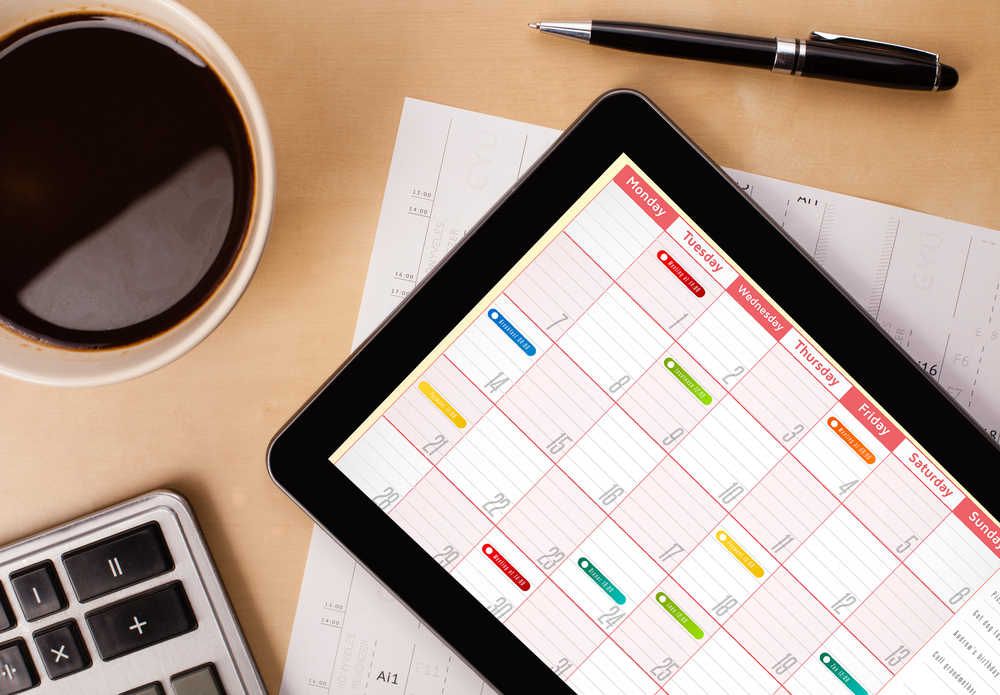

A well-structured work calendar is a powerful tool that can significantly enhance productivity and help individuals effectively manage their time. This article provides practical tips and strategies for creating an effective work calendar, enabling individuals to maximize their productivity and achieve their goals.
- Set Clear Goals and Priorities: Before diving into calendar management, it is essential to establish clear goals and priorities. Identify the most important tasks and projects that align with your objectives. By having a clear understanding of your priorities, you can allocate the necessary time and resources in your work calendar.
- Use a Digital Calendar Tool: Utilizing a digital calendar tool, such as Google Calendar or Microsoft Outlook, can streamline the process of creating and managing your work calendar. These tools offer features like reminders, recurring events, and integration with other applications, making it easier to stay organized and keep track of your schedule.
- Block Dedicated Time for Focused Work: To boost productivity, it’s crucial to allocate dedicated time for focused work. Schedule blocks of uninterrupted time in your calendar for important tasks that require concentration. During these periods, eliminate distractions, such as email notifications or phone calls, to maintain focus and accomplish your work efficiently.
- Prioritize Important and Urgent Tasks: When planning your work calendar, prioritize tasks based on their importance and urgency. Important tasks contribute directly to your goals, while urgent tasks require immediate attention. By understanding the distinction between important and urgent, you can allocate your time effectively and avoid the trap of constantly firefighting urgent but less important tasks.
- Use Time Blocking Techniques: Time blocking is a popular technique that involves assigning specific time blocks for different types of activities or projects. For example, you can allocate time blocks for meetings, emails, creative work, and administrative tasks. This approach helps create a structured schedule and ensures that each aspect of your work receives dedicated attention.
- Allow Buffer Time and Flexibility: While it’s essential to create a structured work calendar, it’s equally important to allow buffer time and flexibility. Unexpected events, meetings running over time, or urgent tasks may arise throughout the day. By leaving some unallocated time slots or incorporating buffer time between activities, you can handle unforeseen situations without derailing your entire schedule.
- Review and Adjust Regularly: A work calendar is not set in stone. It requires regular review and adjustment to align with changing priorities and circumstances. Set aside time at the end of each day or week to evaluate your progress, assess upcoming tasks, and make necessary adjustments to optimize your calendar for the future.
- Communicate and Coordinate with Others: If you work in a team or collaborate with others, effective calendar management involves communication and coordination. Share your availability and important deadlines with colleagues, and use collaborative calendar tools to schedule meetings and appointments efficiently. Regular communication ensures everyone is on the same page and helps avoid scheduling conflicts.
Conclusion: Creating an effective work calendar is a valuable skill that can enhance productivity and time management. By setting clear goals, utilizing digital calendar tools, blocking dedicated time, prioritizing tasks, using time blocking techniques, allowing flexibility, and regularly reviewing and adjusting your calendar, you can optimize your work schedule and achieve optimal productivity. Remember, effective calendar management is a continuous process that requires proactive planning and adaptation.



















